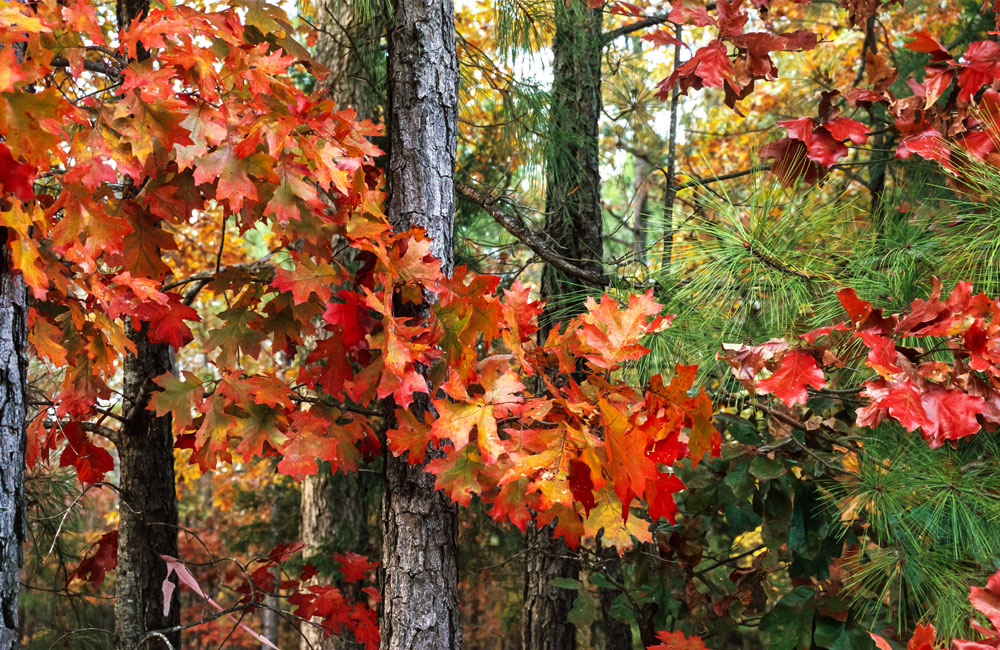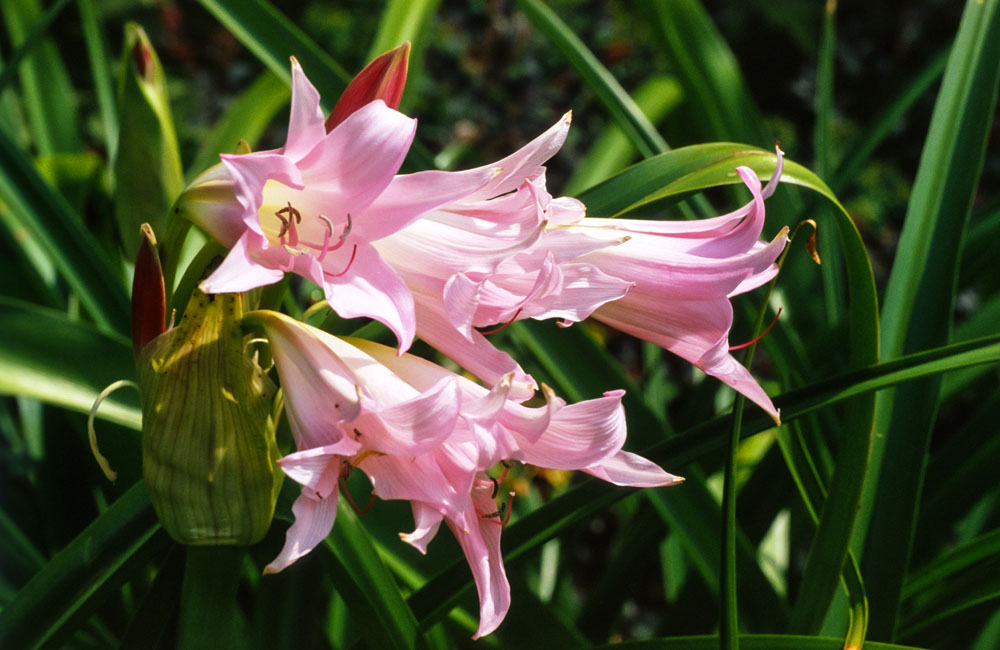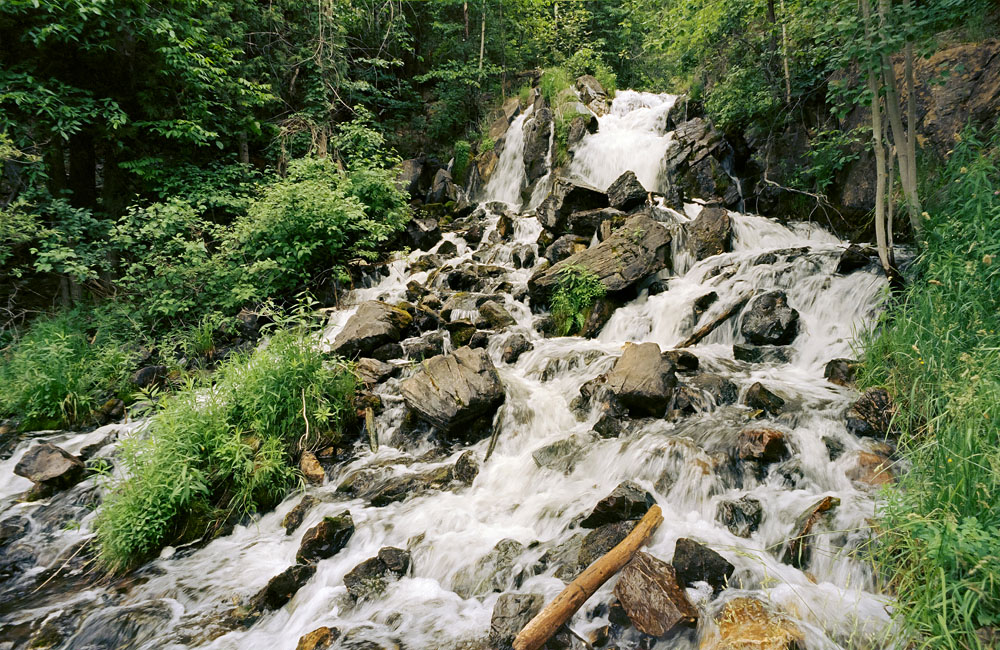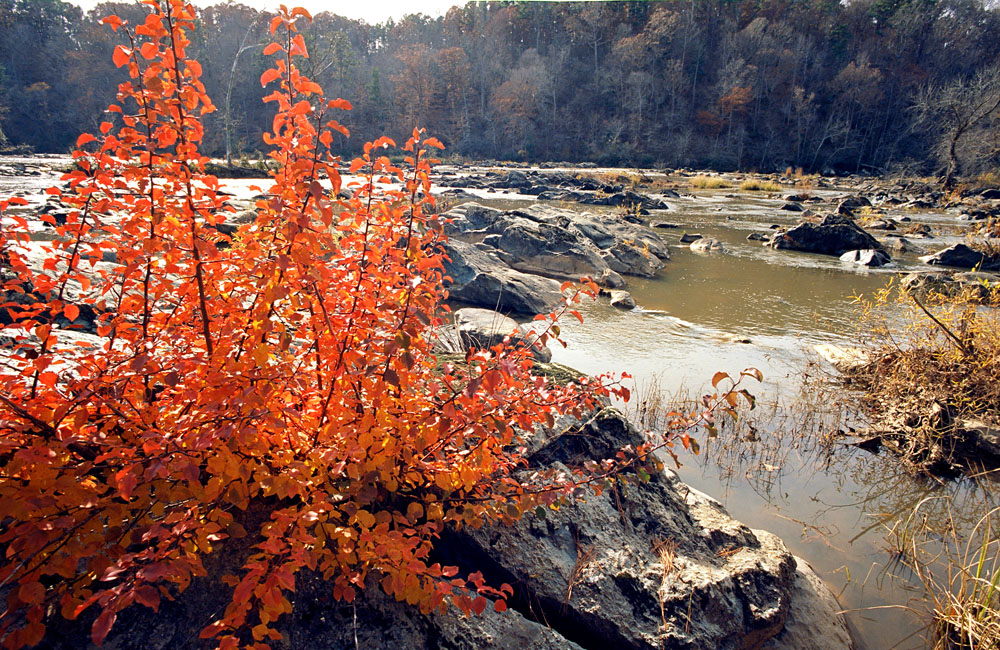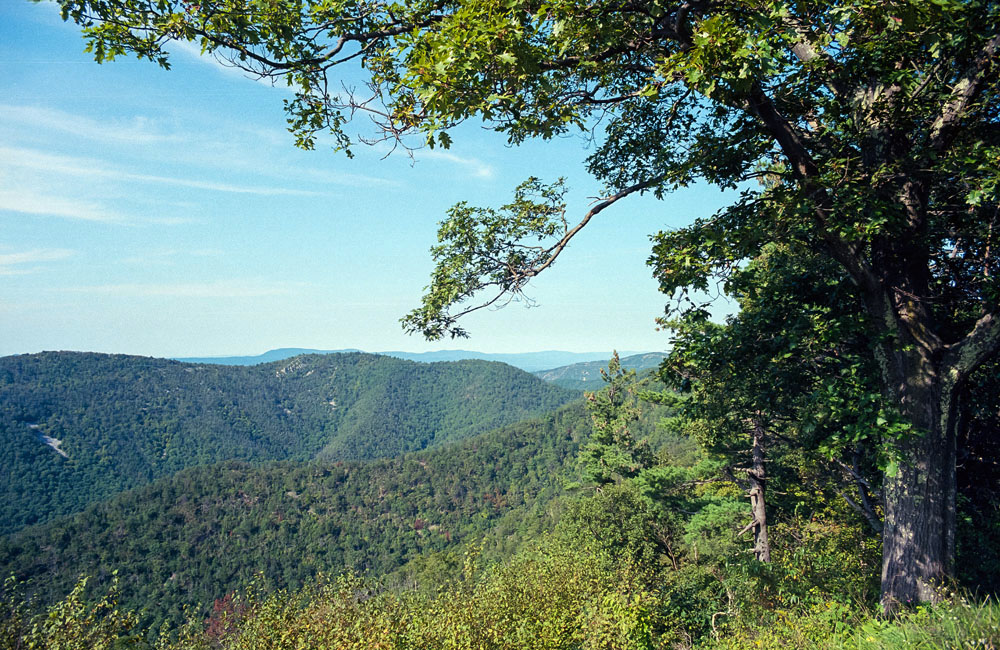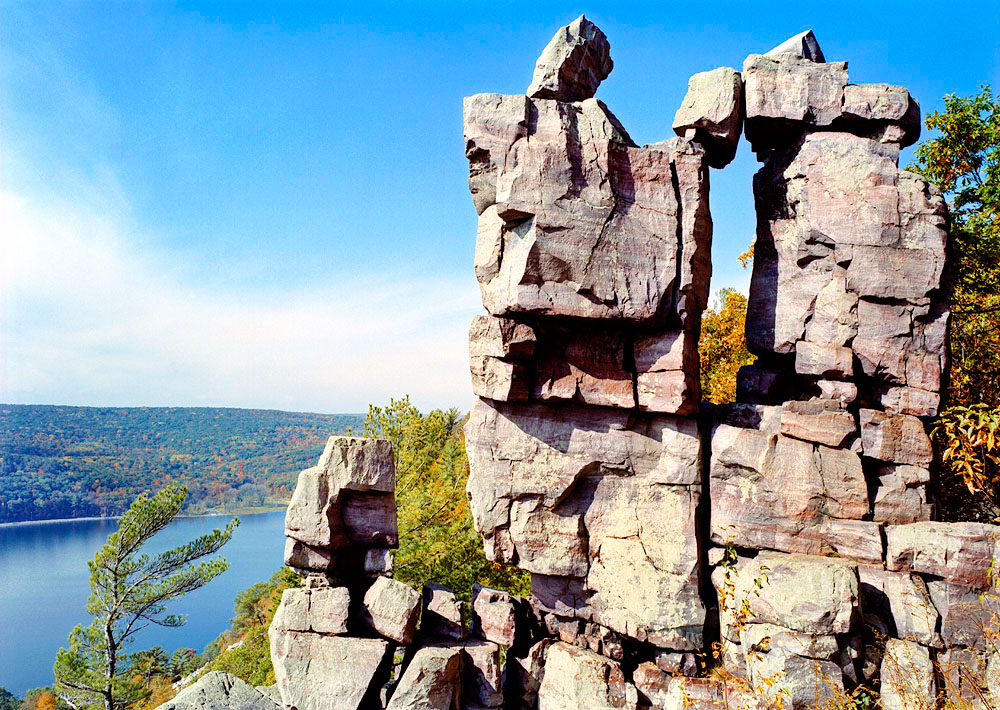Last weekend, I took a trip to Washington DC for a few days. Not expecting what I would photograph, and wanting to travel light with a low profile, I packed my compact Sony A6000 digital camera (APS-C format) and a small assortment of lenses. As it turns out, I ended up at Great Falls of the Potomac, which I consider to be one of the best scenic landscape photography spots in the entire Eastern United States. It’s conveniently located just 15 miles upstream from Georgetown University and about 7 miles outside the I-495 DC Beltway. The weather was an ideal light overcast morning with soft light and the trees had just leafed out for the spring. I simply had to take the opportunity.


This is my first year photographing landscapes and nature with a 24mp digital camera instead of 35mm or medium format film (usually Ektar 100) cameras. I bought the Sony A6000 used in 2020, and it’s proven to be a great performer in my work with it so far. I primarily use vintage 35mm film era lenses with it, but also traveled with a relatively new 16mm f2 Rokinon. That lens is a bit large, but not heavy, and actually has a nice solid feel when working with it on location. For vintage lenses this time, I used the 21mm f3.5 OM Zuiko, 24mm f2.8 OM Zuiko, and a small 28-70mm Tokina SD zoom. This particular Tokina is considered by many to be a mediocre lens, but I have tested it on the a6000 and it works great for me with that camera if I’m traveling light. The Zuikos always yield excellent results and are well-rated. The 16mm is a 24mm equivalent on the A6000, and I used it for about two-thirds of my photos at Great Falls.
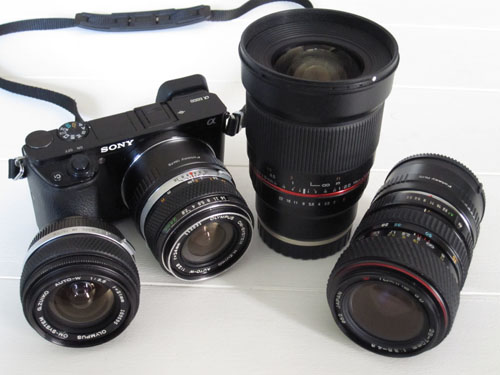

I bought the 16mm Rokinon (Samyang) lens, along with a 12mm f2 Rokinon after I figured out that good vintage lens options for super wide angle on APS-C basically don’t exist. I selected these two lenses after reading several reviews on the web, which indicated they were great performers at any price, let alone the low used equipment price I was able to purchase them for. The manual focus Rokinons are sharp from corner to corner, are reasonably compact, and offer awesome depth of field due to their short focal length. If shooting at f11, I don’t need to be too concerned with the foreground being in focus with either lens, unless perhaps I’m 6 inches away from it. These are the only “modern” lenses I use on digital cameras, other than the 16-50mm kit lens that comes with the A6000. The kit lens is great for specific applications, as it’s not perfect, especially at 16mm. I also like to stick with manual focus lenses for reasons of control and long-term reliability.


I mentioned the OM Zuiko lenses earlier. Those were originally made for the Olympus OM 35mm film SLR system, and they all work very well with the A6000 because of their compact size and excellent optical quality. For the same reasons, they are also excellent for use on full frame digital cameras such as the Sony A7 series. I often use 28mm, 35mm, 50mm, and 85mm Zuiko primes instead of a 28-70 or 28-85mm zoom lens because they are so lightweight and compact.
 The 16-50mm OSS Sony Kit lens for the A6000 series cameras has both positive and negative qualities. The corners and edges can get fuzzy at 16mm, and the overall image quality could be better at 40-50mm. However, it works very well between 20 and 40mm, which is a focal range I use most often on APS-C. The lens is also very compact and is easy to use with the A6000. If you can work around its limitations, this is actually a good lens to have, although I prefer something with best optical performance for landscapes with a lot of fine details like Great Falls. However, I prefer the 16-50mm kit lens and the A6000 to using more compact 12mp digital cameras if I want to travel really light, mainly because the image quality I get with that combo is much better than with tiny cameras.
The 16-50mm OSS Sony Kit lens for the A6000 series cameras has both positive and negative qualities. The corners and edges can get fuzzy at 16mm, and the overall image quality could be better at 40-50mm. However, it works very well between 20 and 40mm, which is a focal range I use most often on APS-C. The lens is also very compact and is easy to use with the A6000. If you can work around its limitations, this is actually a good lens to have, although I prefer something with best optical performance for landscapes with a lot of fine details like Great Falls. However, I prefer the 16-50mm kit lens and the A6000 to using more compact 12mp digital cameras if I want to travel really light, mainly because the image quality I get with that combo is much better than with tiny cameras.
Being a long-term film shooter, I am usually quite conservative with the number of pictures I take on any given day at a good location such as Great Falls. On this outing, which covered both the Maryland and Virginia sides of the park, I shot 125 pictures, which makes Great Falls one awesome landscape photography destination. I could probably do the same thing if I went there every day for a week, as there is an endless array of subjects and compositions to shoot. The A6000 is an easy camera to use for the task, and I especially love the depth of field gained from using such short focal lengths – as opposed to full frame or medium format. I’ll be shooting more locations with it this year and will be sure to tell y’all what lenses and settings worked best. Again, the one I used most on this shoot was the Rokinon 16mm f2 manual focus – one of my new favorite lenses.
TMphotosite.com is dedicated to keeping alive the art of photography as experienced through the use of vintage equipment and processes. Digital equipment and processes significantly enhance the enjoyment and efficiency of photography, making vintage equipment more useful and fun. Tim McCauley, the creator and author of TMphotosite.com, is a longtime photographer of landscapes, nature, and architecture. His photographs can be seen at pinemountainprints.com.
